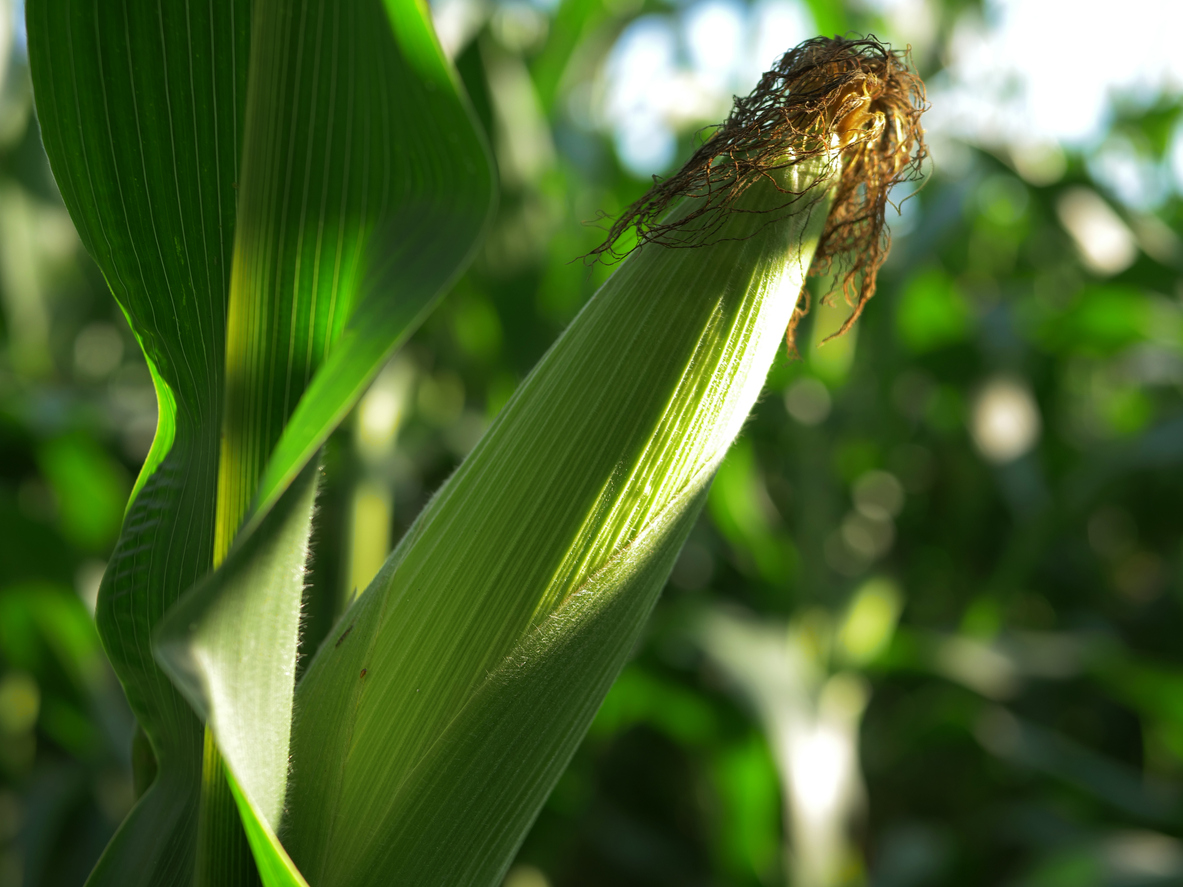Crop Progress
As crops crop growth enters the last weeks of August, nights are getting shorter and colder. Crops are trying to fill either pods (soybeans) or kernels (corn). Time is slipping away for many crops. Some soybeans with an early start have good pods and good yield potential. Many double soybeans and those farms hit by drought do not have a lot of pods set yet. Corn may have taken the weather better than soybean this year, however; some corn ears are not fully filled out. For the last two years, hot dry weather in June has hurt crops from getting a good start. Perhaps it’s the smoke from Canadian wildfires, but many crops are at least 2 weeks behind normal development. Some farmers are hoping for a late frost this year to let those slow developing crops mature.
Most famers tell me they had some of the best wheat yields ever plus high-quality grain. Wheat yields generally range from 60 to 90 bushel for my farmers. This year the range was 80 to 120 bushel. With less rainfall in spring and early summer, the grain quality was excellent because the incidence of disease was low. The downside, for this fall, basis levels are quite wide. There is a lot of wheat in storage and it may create a short-term problem for fall grain storage of corn and soybeans. Also, the Mississippi river barge traffic is still reduced due to low water levels. If you have on-farm grain storage, this may be a good year to use it.
On another issue, insect crop damage this year appears to be below what is normally observed. What could cause this to occur? Looking back, the extremely cold weather at Christmas time, when temperatures dropped quickly below zero may have reduced some insects populations. Usually, insect have time to burrow down and acclimate to colder weather. The quick drop in temperatures may have reduced detrimental insect populations and some crop diseases this year
Usually this time of year, it is easy to see nutrient deficiencies in crops but many nutrient deficiencies are NOT as visible this year. July and August had a number of light rains occur. This wet-dry cycle allows soil nutrients to recycle. Depending on the field, there is always some nutrient deficiencies, but less than I have seen in several years. Does this translate into higher yields? Not necessarily. It depends on how well crop roots are developed. Early soil compaction and hot weather in June may limit some crop yields. If the root mass on your crops are excellent, expect good yields. If the root mass is restricted or less than desirable, yields will be lower.
The weather (mainly rain) has been so variable that you can expect variable crop yields too. One farmer said he had several rain gauges on a large field. His rainfall varied from .5 inches on one part of the field to 2.5 inches. That was one rainfall event. Some farmers tell me they have been exceeding dry while just 1 or 2 miles of away they have had excess rain, in some cases way too much. Other just the right amount of rain. It will be a tough year to summarize crop yields due to such variable local weather conditions.
Looking ahead, it looks like some crops may be harvested later if they need to mature and dry down. For those wanting to plant cover crops, aerial application may be a good option this year if you have moisture. Most cover crops can survive the winter better if planted in September, especially right before a rain. Most need a minimum of 1 inch of rain to germinate. Two inches of rain in the fall helps sustain the growth. Generally, 60 to 90 days of fall growth will improve stands. If crops get harvested early, drilling is still the best method.
There are several applicators who now have drones, also highboy applicators, airplanes, and even helicopters which can sow cover crop seed. Drones are becoming more popular because they can hover and put the seed right where you need it. Drones are also relatively cheap to operate. Highboy applicators can cover a lot of ground, but they do run down the existing crop, especially on the ends of corn. For airplanes, the biggest issue is telephone wires and trees. With airplanes, some seed gets on the neighbors and it’s hard to get into field corners, especially with trees. Helicopters can hover, but the blades cause vortexes. Every tools has its advantages and disadvantages. Just make sure you hire a good qualified applicator. Have a safe harvest.
